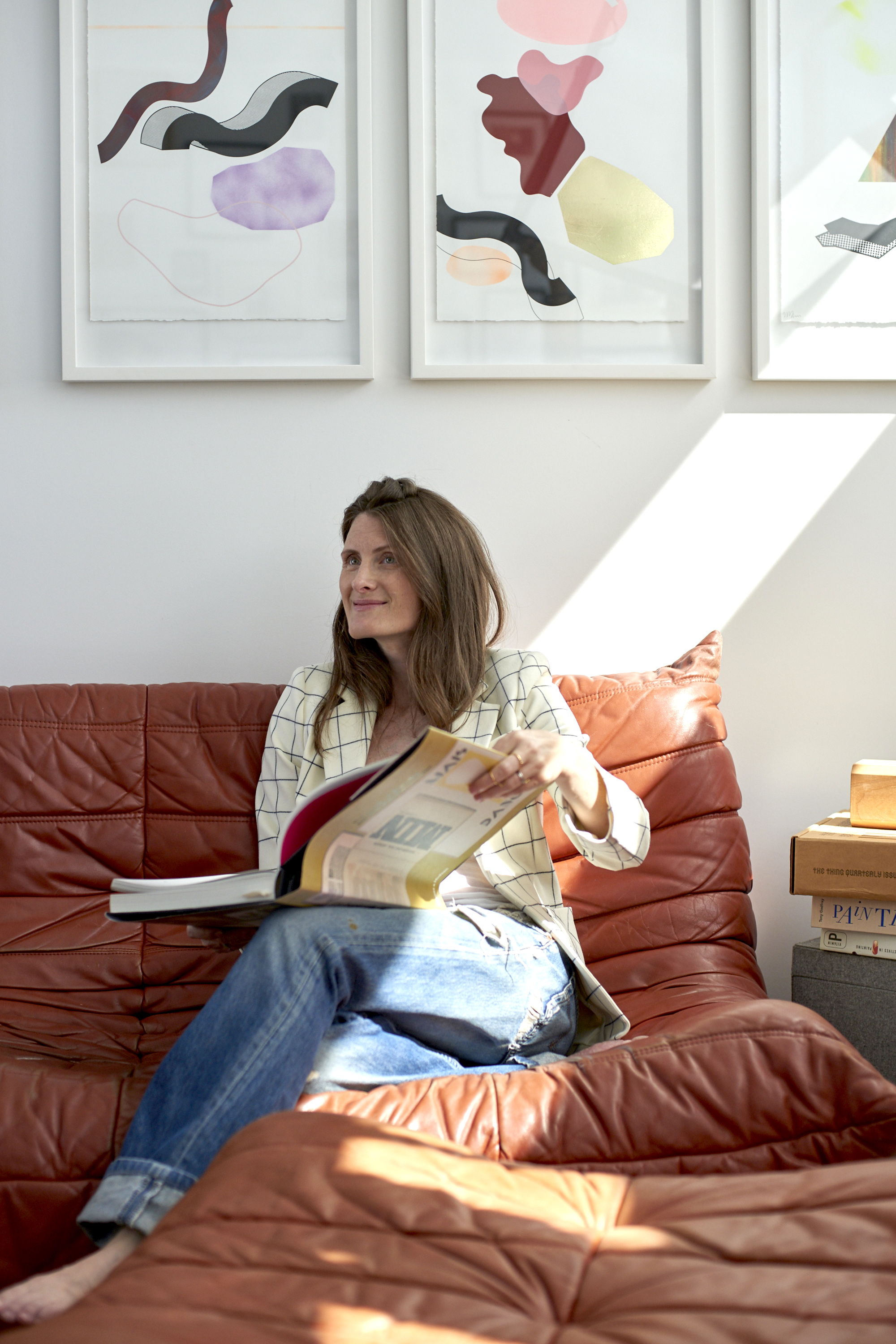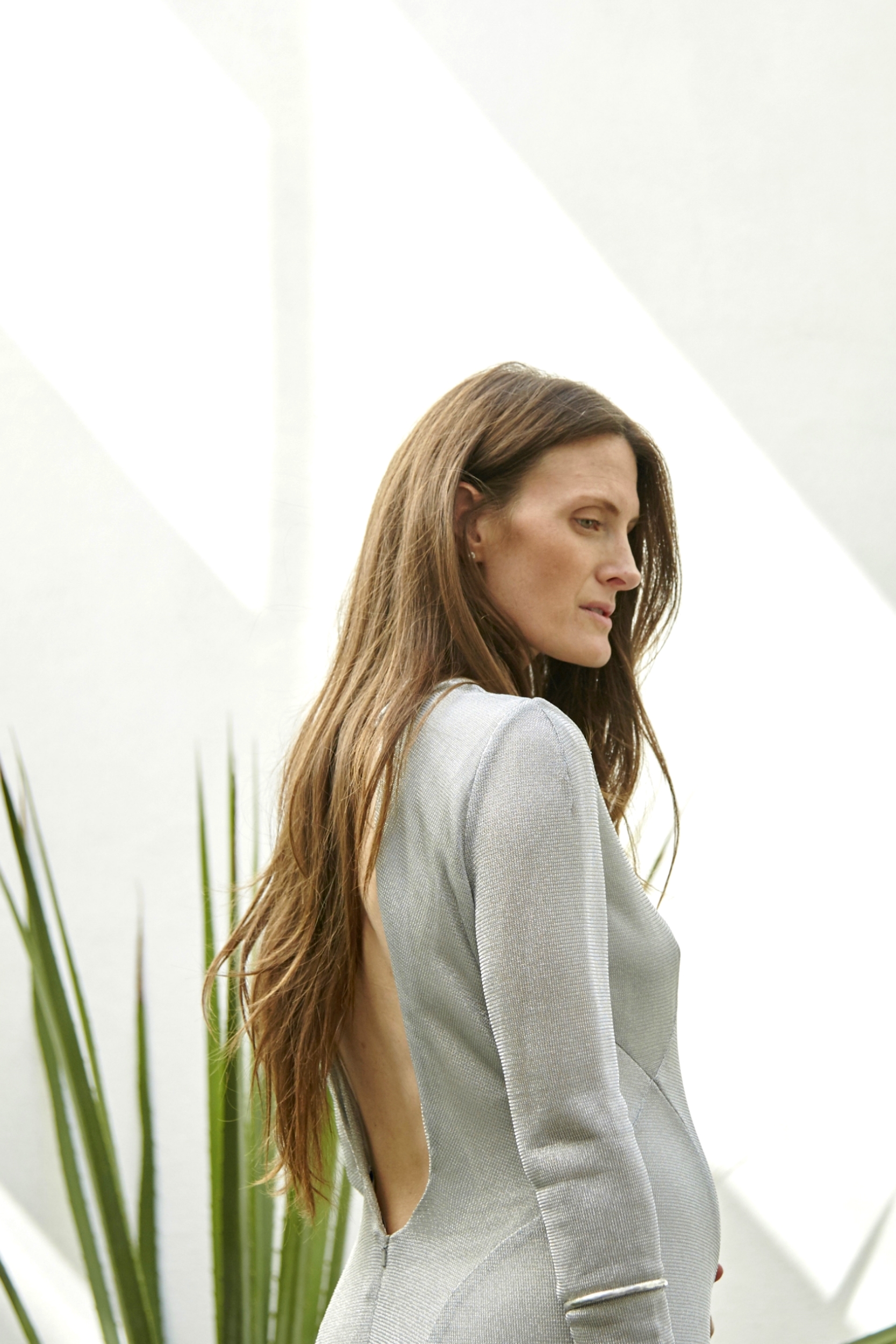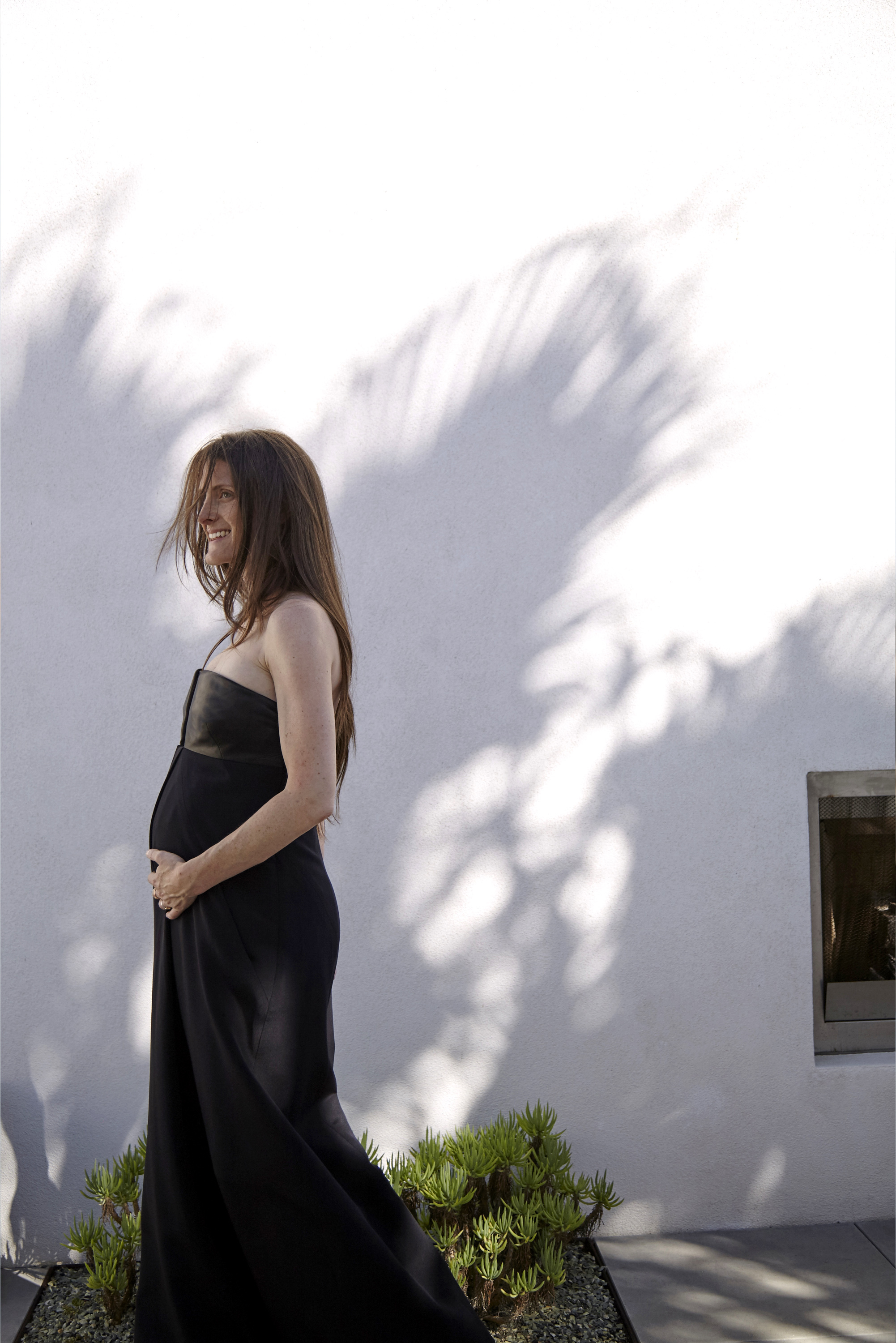
Ara Katz
Co-founder, Spring
Los Angeles, CA
It all started with...no go-to shopping destination on your phone.
In a world where swiping a button can deliver your next romance, a pizza or a pair of shoes, technology can be taken for granted. Mobile shopping app Spring seems like such an obvious idea (a collection of your favorite brands in one place), you wonder why it hasn’t been done before. Perhaps because the beautiful, seamless shopping experience Spring offers required over a years worth of development. Founded in 2014 by David and Alan Tisch, Octavian Costache and Ara Katz, the app is setting a new standard in mobile commerce. Co-founder Ara Katz spoke to us about translating a complex idea into a simple message, and why technology needs a soul to survive.
Tell us a little about the early days of Spring — what challenges did you face in launching the app?
There are so many layers to buying something online that people tend to underestimate. Swiping a button seems easy, but what’s happening on the back end is not that simple. The technology for Spring took a tremendous amount of work to get right — specifically, over a year of development to get it out into the world. We had to figure out the best way to serve brands that felt seamless to the consumer, and answer the question: How do you get hundreds of brands to believe in your product before it’s even launched? Alan and I worked closely on a marketing strategy that had to happen before launch in order to have actual product available for our consumer to shop. Where I came in was really figuring out our story. I had to answer the questions: What is our brand and how do we want to present it to the world? How do you launch something complicated in a simple way?
How did you stay persistent during development time?
We really believed in our vision. It was also encouraging to watch the community come together — brands who wanted to co-create another retail channel, who know how hard it would be to solve mobile on their own. It really started as a movement — brands saying it was exactly what they needed and customers saying it was exactly what they wanted.
When you stay focused on your ultimate goal (alongside trying a million things along the way in an effort to reach it) and you have that external validation, you feel like you’re onto something.
What are some tough lessons you’ve had to learn?
You’re learning lessons every day, but one of the best things I’ve learned is that you can’t be everything to everyone. As much as you know that intellectually, you really need to watch it play out and realize how true it is. Everyone preaches about these things, but unfortunately you sometimes have to be in it to understand it.
After the launch, how have you maintained momentum?
Launches are like birth. It’s this beautiful moment where everything you’ve worked towards is released into the world and then it’s about maintaining that energy of inspiring ourselves, our brand community and our customers. Similar to raising a child, you have this infant period with something exciting (and you get no sleep), then the terrible two’s and beyond. Each stage has its own unique challenges and awesome learnings that build on each other.
How has your personal style and taste influenced Spring?
Our voice, like our aesthetic, is about a clever minimalism. We never wanted to feel condescending or that we take ourselves too seriously. It was also important to ensure our tone felt in service of our community. As for the design, our whole team has a similar approach of “simple and clean” which is always challenging when you consider the complexity of the backend of a marketplace. To do this in a way that differentiated us from a lot of shopping experiences out there was a big challenge. We are constantly trying to evolve how we communicate our value. Storytelling has been in our DNA from the beginning and separates us from other tech products. It is something we will continue to deepen in the product experience so we can tell richer stories. But it’s always been in our batter, so it will never feel like frosting.
What’s some advice you’d like to pass on to other female entrepreneurs?
The amount of hours you put into something doesn't mean the work is better, or that you are more dedicated and therefore of more value. You need to recognize that work is only part of your value. A burned out body and mind trickles into everything, leaves space for almost nothing and attracts the same. Inspire through your choices, and innovate and iterate a value system that creates the most fulfilling life and work. Watch who wants to come work with you, buy your products and evangelize your company’s vision.















